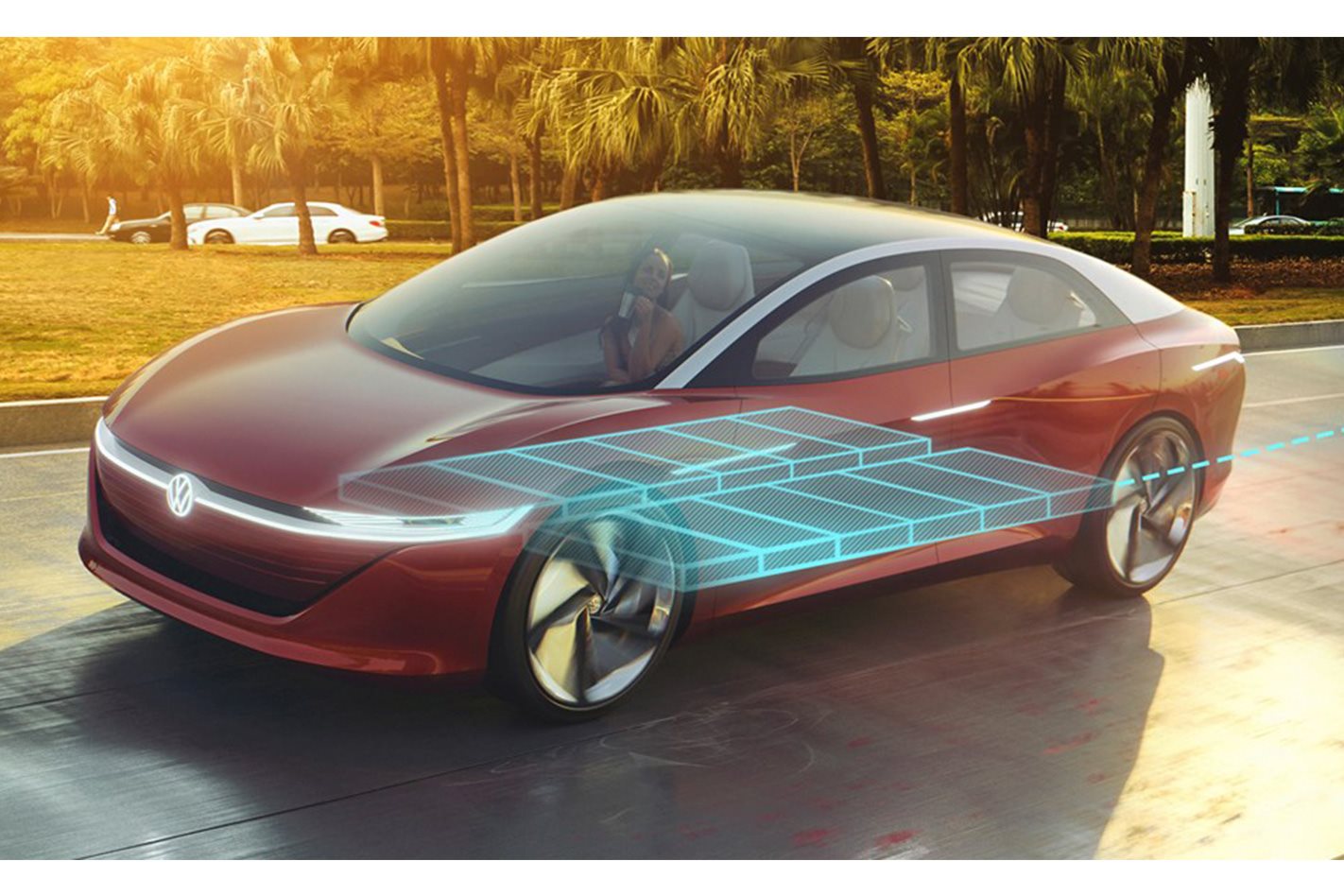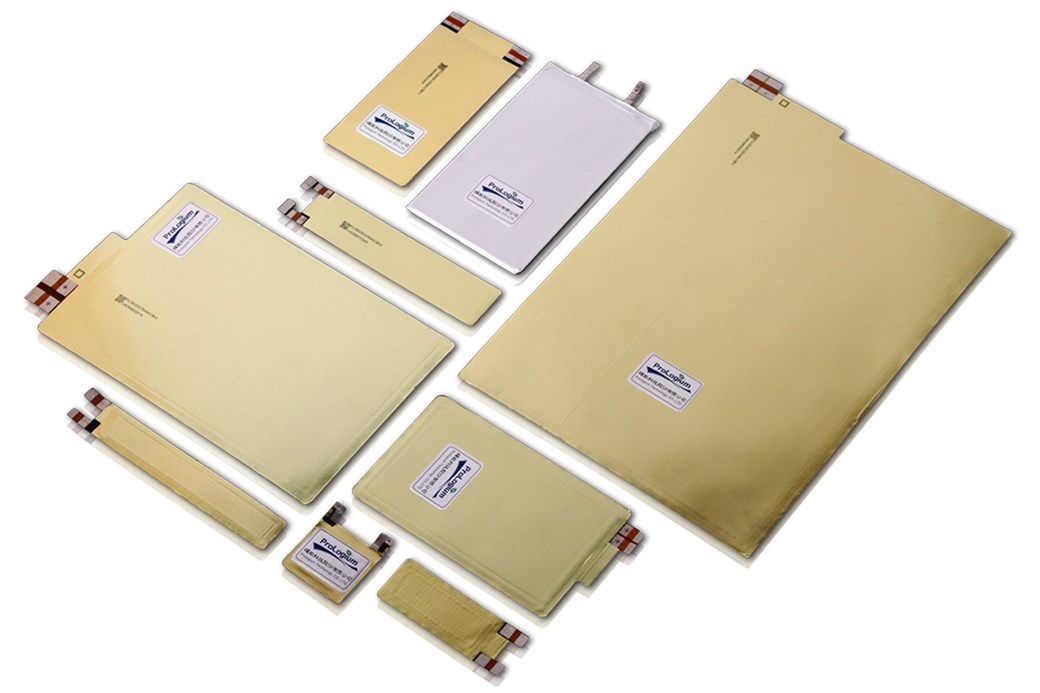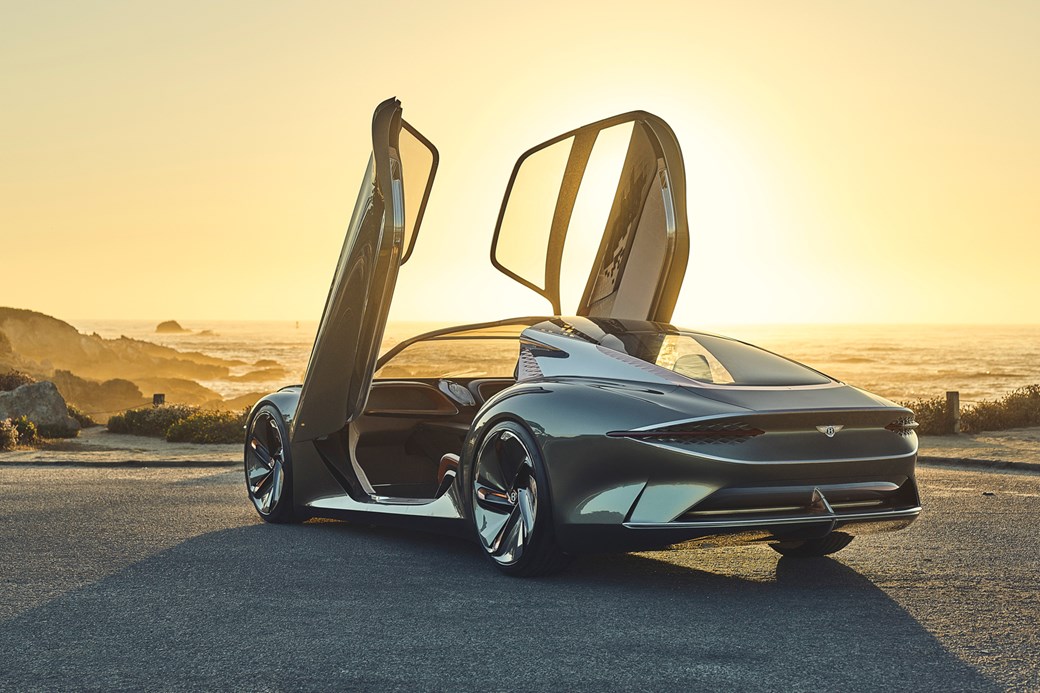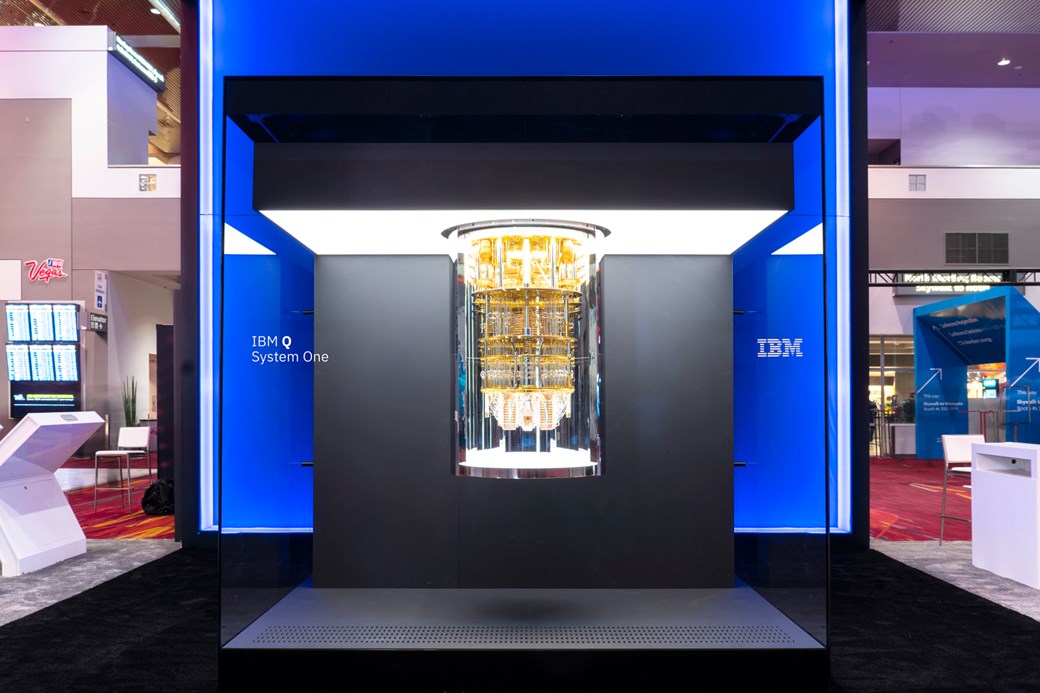
Electric cars are improving constantly in terms of range, performance and charging time – but there’s still a lot of room for improvement. While the number of hybrid cars is only likely to increase, fully-electric vehicles aren’t quite ready overtake the internal combustion engine.
That’s because most EVs and hybrids rely on electric motors powered by lithium-ion batteries, using the same tech that powers smartphones and laptops. Essentially an evolution on chemical batteries, lithium-ion batteries work well in EVs, but there are better solutions.
The use of a liquid electrolyte in lithium-ion batteries comes with a suite of disadvantages. Capacity and ability to deliver peak charge deteriorates over time and lithium-ion batteries also bleed a lot of heat, requiring weighty cooling systems to be integrated into their design. And thanks to the flammable liquid they contain, lithium-ion batteries can catch fire or even explode if damaged in an accident.
For the last few years, car makers have begun to mention solid state batteries as the next breakthrough EVs, usually quoting insane performance and range at the same time. So, what makes solid-state battery tech so good for EVs, how does it work – or is it just a bunch of vapourware?
What are solid-state batteries?
Bear with us, it’s about to get techy! Simply put, solid-state batteries use a solid electrolyte as opposed to the liquid or polymer gel one found in current lithium-ion batteries, and it can take the form of ceramics, glass, sulphites or solid polymers.

Solid electrolyte aside, solid-state batteries function much like those in lithium-ion batteries, in that they contain electrodes (cathodes and anodes) separated by an electrolyte that allows charged ions to pass through it.
How do solid state batteries work?
Much the same way as a normal battery, if we’re honest. The flow of ions trigger a chemical reaction between the battery’s materials called ‘Redox’ where, when discharging power, oxidation occurs at the anode to create compounds with free electrons, which deliver electric energy, and reduction at the cathode which sees compounds gain electrons and thus store power. When a battery is charged the process is reversed.
Much like lithium-ion batteries, when delivering power in solid-state batteries, aka discharging, positively charged ions travel through the electrolyte from the negative electrode (anode) to the positive one (cathode). This leads to a build up of positive charge in the cathode which attracts electrons from the anode. But as the electrons can’t travel through the electrolyte they have to travel across a circuit and thus deliver power to whatever it’s connected to, say an electric motor.
During charging, the opposite happens with ions flowing to the anode building up a charge that sees electrons pulled to it across a circuit from the cathode. When no more ions will flow to the negative electrode, the battery is considered fully charged.
Solid-state batteries have been around for a while, but are only used for small electronic devices like RFID tags and pacemakers and in their current state are non-rechargeable. As such, work is being done to allow them to power larger devices and be recharged.
What makes solid-state batteries the next big thing?
Thanks to the solid electrolyte having a smaller footprint, solid-state batteries promise some two to ten times the energy density of lithium-ion batteries of the same size. That means more powerful batteries without extra space, or more compact battery packs without compromising on power. That means powerful and longer range electric cars or more compact and lighter EVs. They are also expected to charge faster.
Better efficiency and energy density means solid-state batteries don’t require the cooling and control components that lithium-ion batteries do either, and that means a smaller overall footprint along with more chassis freedom and less weight. It’s little wonder that solid state is most quoted by performance car manufacturers; Bentley sees the technology as its primary way to make electrification work for them.

Safety is another advantage solid-state batteries claim to offer. Exothermic reactions in lithium-ion batteries can cause them to get hot, expand and potentially rupture spilling flammable and hazardous liquid electrolyte; in some cases this has caused minor explosions. Having a solid electrolyte effectively bypasses this problem.
Finally, the use of the solid-state electrolyte means the batteries can withstand more discharge and charge cycles than lithium-ion batteries, as they don’t have to suffer electrode corrosion caused by chemicals in the liquid electrolyte or the build up of solid layers in the electrolyte that deteriorates battery life. Solid-state batteries could be re-charged up to seven times more, giving them a potential lifespan of ten years as opposed to the couple of years a lithium-ion battery is expected to effectively last for.
Drawbacks
You might wonder why solid-state batteries aren’t being used in EVs given they seen to be the panacea to the problems in lithium-ion batteries. But the challenge with solid-state batteries is they are very difficult to manufacture at scale.
Not only are they currently too expensive to be pushed out into commercial use, there’s still a lot of work to be done to make them ready for mass market use, notably in EVs.
At the moment, there’s still a need to find the right atomic and chemical composition for a solid electrolyte that has the right ionic conductivity to deliver enough power for an EV motor.
That’s why we prefixed the advantages of solid-state batteries with ‘could’ as they’ve yet to prove themselves out in the real-world in a consumer gadget let alone an electric car.
Getting the solid electrolyte right is particularly important as it’s the precursor to allowing the use of lithium anodes, which can produce more lithium-ions and thereby more energy. A solid-state electrode is thought to be the solution to the problem of damaging needle-like structures called dendrites forming on the anode as it charges.
Charging ahead
Despite these challenges, the allure of solid-state batteries is clearly strong, as Toyota, Honda, and Nissan teamed up to create the Libtec consortium to develop solid-state batteries, with the former supposedly due to reveal a solid-state battery powered car at the Tokyo Olympics this year.
And there are academic institutions, battery makers, and material specialists looking into how solid-state batteries can be developed into next-generation power sources for mass use. There’s no shortage of hype and interest in solid-state batteries.
However, Toyota doesn’t expect to manage mass production of solid-state batteries until the middle of the decade. And other car makers like Volkswagen aren’t expecting to have solid-state batteries ready for car use until at least 2025.
IBM and Daimler are working together to better understand battery technology. ‘We need to find a fundamentally different chemistry to create the batteries of the future,’ Katie Pizzolato, director of applications research at IBM, says. ‘Quantum computing could let us effectively peer inside the batteries chemical reactions, to better understand the materials and reactions that will give the world those better batteries.’

Vacuum and other air-blowing tech maker Dyson had planned to make an electric car powered by solid-state batteries by 2021. But it killed off its car plans last Autumn, though it aims to keep working on the battery tech.
Fisker Inc, the reincarnation of the collapsed Fisker Automotive, previously stated a lofty ambition of having a car that uses solid-state batteries ready for 2020. But at the Consumer Electronics Show this year, it simply showed off the Ocean SUV, which is powered by lithium-ion batteries; there was no word on a solid-state battery setup.
So while there’s a lot of activity around the development of solid-state batteries, it’s quite unlikely you’ll see an EV powered by them on the road any time soon.
A short circuit
As one of the largest lithium-ion battery makers in the world, Panasonic has skin in that battery game. Nevertheless it reckons solid-state batteries are still some ten years away from commercial use.
It does co-own Tesla’s Gigafactory and supplies the batteries for Tesla cars, and it reckons the improvement in EV batteries in the short-term will come from further developing lithium-ion batteries.
Rather than go down the solid-state route, Tesla is working on improving the performance of lithium-ion batteries, with it last year touting new chemistry which could power an EV for more than a million kilometres.
Given the improvements in lithium-ion batteries and the range that can be extracted out from them, as well as how they are already being mass produced, it’s unlikely we’ll see them ousted by solid-state batteries anytime soon.
But solid state batteries do look like the future power source for electric cars, it’s just the road to them might be longer than first thought.
This article originally appeared on carmagazine.co.uk



